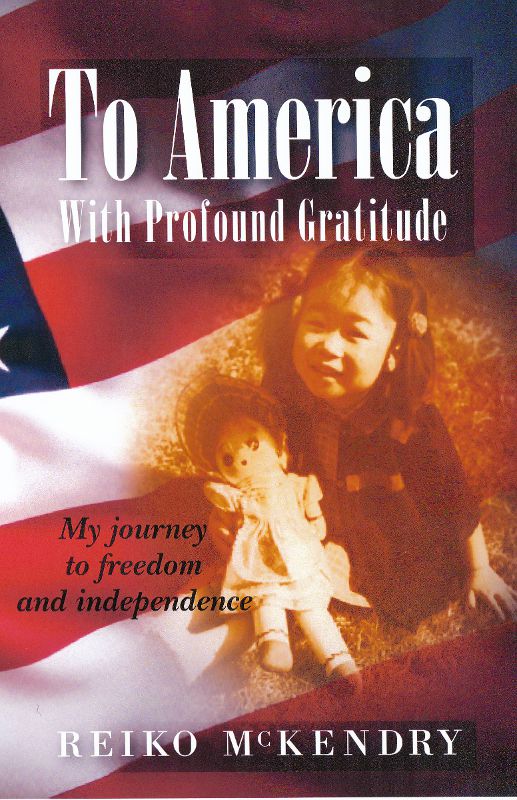There is no shortage of opinions regarding the speech President Obama gave at the Hiroshima Peace Memorial in Japan on May 27, 2016. Since I happened to have addressed the issue of nuclear bombs just days prior in my May 2016 blog post, I felt compelled to follow up and share mine as well – for what it’s worth.
I am putting aside my usual, conservative political views and applaud President Obama for the most well-thought-out content of his speech.
By the way, the President used the term hibakusha, which was often translated simply as survivors. Just so you can clearly understand its true meanings, I will take liberty to modify what you can find in Wikipedia for the word, hibakusha (被爆者). It is the Japanese word for the victims of the 1945 atomic bombings of Hiroshima and Nagasaki. The word literally translates as “explosion-affected people” and is used specifically to refer to those who were exposed to radiation from the nuclear bombs. In short, hibakusha, who are still alive, are indeed survivors of the atomic bombs. But, of course, many hibakusha are now dead. Therefore, its translation as “survivors” is adequate but not 100% accurate.
Thanks to the Internet, we are able to gather many of materials and footages from the years past, of which the President spoke. My perspective, of course, is derived from having grown up within post-WWII Japan’s educational system. Here is a list of what I thought were important for people around the world to know. If the horrifying videos of beheadings by ISIS make you feel like you’re going to throw up, as they do me, imagine what it’s like to observe similar pain, agony, and death inflicted on a massive scale. That’s what nuclear bombs do. I do not wish this upon anyone, not even on my worst enemies. By the same token, however, I expect the United States to continue to have the military capability to use it again if and when absolutely necessary, as it was in 1945 in Japan.
- Total casualties, just from the two atomic bombs dropped in Hiroshima and Nagasaki, were approximately 200,000.
- What you do not see in readily-available films on the Internet are of those that died instantly from having been completely charred or, worse, melted into the ground and all that is left are shadow imprints of human remains.
- What you also do not see on the Internet are people walking with their skin dangling from heads, arms, torsos, legs, everywhere imaginable.
- Or those whose eyeballs are dangling, or whose body parts are missing, or whose faces do not look anything like humans any longer.
- Or those who desperately beg for water and, when given, die from it almost immediately.
- Or the river filled with blood, dead bodies, and those still alive suffering from unbearable physical pain and agony.
- The YouTube video, “How the Hiroshima Atomic Bomb Severely Injured the Civilians – Graphic & Uncut,” has no sound. The images get progressively difficult to watch. Every single one of them suffered not only from externally-obvious burns and deformations but from long-term effects of radiation. Not to make light of any of the patients who suffered unbearable pain in this film but, again, their injuries are nothing compared to the horrific images of what I described above, to which I have been exposed as a young student in Japan.
- Outwardly deformed, many of the survivors were shunned by the rest of the Japanese society through no fault of their own; for many, marriage became out of the question.
- Another YouTube video, “Hiroshima Survivor Meets Enola Gay Pilot,” is quite interesting. I especially liked Part 2, although Part 1 is necessary to set the stage for Part 2.
I encourage you to do your own research, not only on the Internet but in historical archives in Japan and in the United States on this very important topic. The future of humanity depends on YOUR understanding of what’s at stake. If at all possible, visit both Pearl Harbor and Hiroshima Peace Memorial with your loved ones for a better perspective on how the war in the Pacific started and how it was concluded. Neither of these incidents happened in isolation.
May peace be with you.


How true!
I visited both Pearl Harbour and Nagasaki. Where in the first I felt the impact of an historical moment, the second one affected me, profoundly. Even if as an Italian grown after the war I did not have any real deep knowledge of the events, when in Nagasaki I felt responsible for the cruelty that one human being can inflict on another. And I cried.
I left the museum in a shower of tears.
The item in the museum that most affected me was the remain of the cross from the church, with the be-headed Christ. It was as the crucifixion happened all anew, caused by men who deemed to be on the right side.
There is no right side in war.